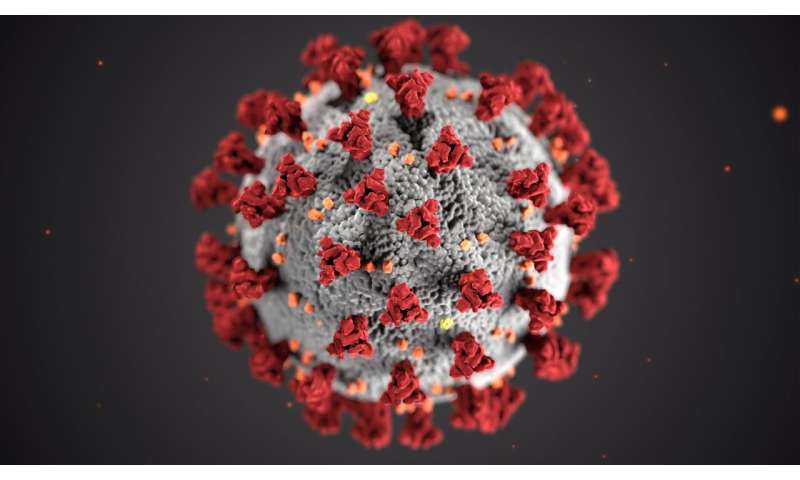
The preliminary data shared by Pfizer-BioNTech and Sputnik V last week, and Moderna this week, showing their vaccines to be more than 90% effective, has given us all hope that an end to COVID-19 may be in sight.
So why is it important to keep working on and investing in the hundreds of COVID-19 vaccines still in development?
We need a range of vaccines that can work for a range of people
We need COVID-19 vaccines to work for a diverse range of people—including healthcare workers, older people, and those with underlying health conditions. At this stage, we don’t have the complete efficacy data for the vaccines emerging from phase III clinical trials, including how effective they are for people of all ages, from different ethnic backgrounds, with different immune systems, and in different countries. We also don’t know how long immunity might last for, or whether the vaccines stop transmission of the disease.
With these unanswered questions, we can’t rely on one or two vaccines to help us gain control of the pandemic.
And it might be that one vaccine is not as effective for everyone. We often need multiple vaccines for a disease, to be able to protect different groups. For example this year in the UK we’re using four different flu vaccines—the decision for which one is given is based on a person’s risk group and how their immune system might respond. The vaccine given to a teenager with a robust immune system is not the same as the vaccine given to someone over the age of 65.
If we have a varied COVID-19 vaccine portfolio, we can be confident to find the right vaccine for every person.
We need to produce billions of vaccine doses to protect those most at risk
To bring the pandemic under control we will need to produce and roll out vaccines at a scale and speed never seen before. To meet the aim of vaccinating high-risk populations around the world by the end of 2021, we need at least 2 billion vaccine doses.
Moderna, for example, hopes to produce 500 million doses of their vaccine next year. But with each person requiring two doses to be vaccinated, it’s a long way off the full number required.
We have also never licensed or scaled-up an RNA vaccine before—the technology that the Moderna and Pfizer-BioNTech vaccines use—so there may be unforeseen manufacturing issues.
By developing and investing in multiple vaccine candidates we stand a much better chance of having the volume of doses we need to get the virus under control.
We need vaccines that can reach everyone, everywhere
We will need to get COVID-19 vaccines to everyone who needs them, wherever they are in the world—from people living in metropolitan areas in the UK, to rural populations in the far reaches of Africa and Asia.
Both the Pfizer-BioNTech and Moderna vaccines have extreme refrigeration requirements for transportation and long-term storage, with the Pfizer vaccine needing storage at -70C, and Moderna -20C, to ensure they stay viable. This will prove difficult in many locations, and no vaccine requiring such cold storage has ever been rolled out to so many countries all at once. Comparatively, most childhood vaccines require storage at between 2 to 8C—similar to a domestic fridge.
Dosing also creates an additional challenge. Both Moderna and Pfizer-BioNTech’s vaccines require two doses, spaced a few weeks apart. Developing an effective single-dose vaccine will be critical to protect people for whom getting two doses might be difficult, such as those without access to regular healthcare or refugees.
These technical considerations mean it is crucial we continue to develop and invest in multiple vaccine candidates, which may be able to offer high levels of efficacy without the need for such cold storage and multiple doses.
We need vaccines that are available to all countries and supported through COVAX
To overcome the pandemic, people all around the world must have access to vaccines, treatments and tests. However, many of the vaccines being developed are being bought up by countries making deals directly with pharmaceutical companies for their populations.
More than half of all advanced COVID-19 vaccine orders have been from high-income countries, with the US accounting for more than one sixth. And the UK has already secured 300 million vaccine doses—five times the size of its population. Pfizer-BioNTech have already promised all doses from their first round of production to a small number of countries.
The COVID-19 Vaccine Global Access Facility (COVAX) is a multilateral effort to make sure that poorer countries are not frozen out of vaccine access. It works by supporting the research, development and manufacturing of a wide range of COVID-19 vaccines, and negotiating their pricing. All participating countries, regardless of income levels, will have equal access to these vaccines once they are developed. Moderna, and many of the vaccines yet to report their phase III data, are part of COVAX.
Source: Read Full Article
